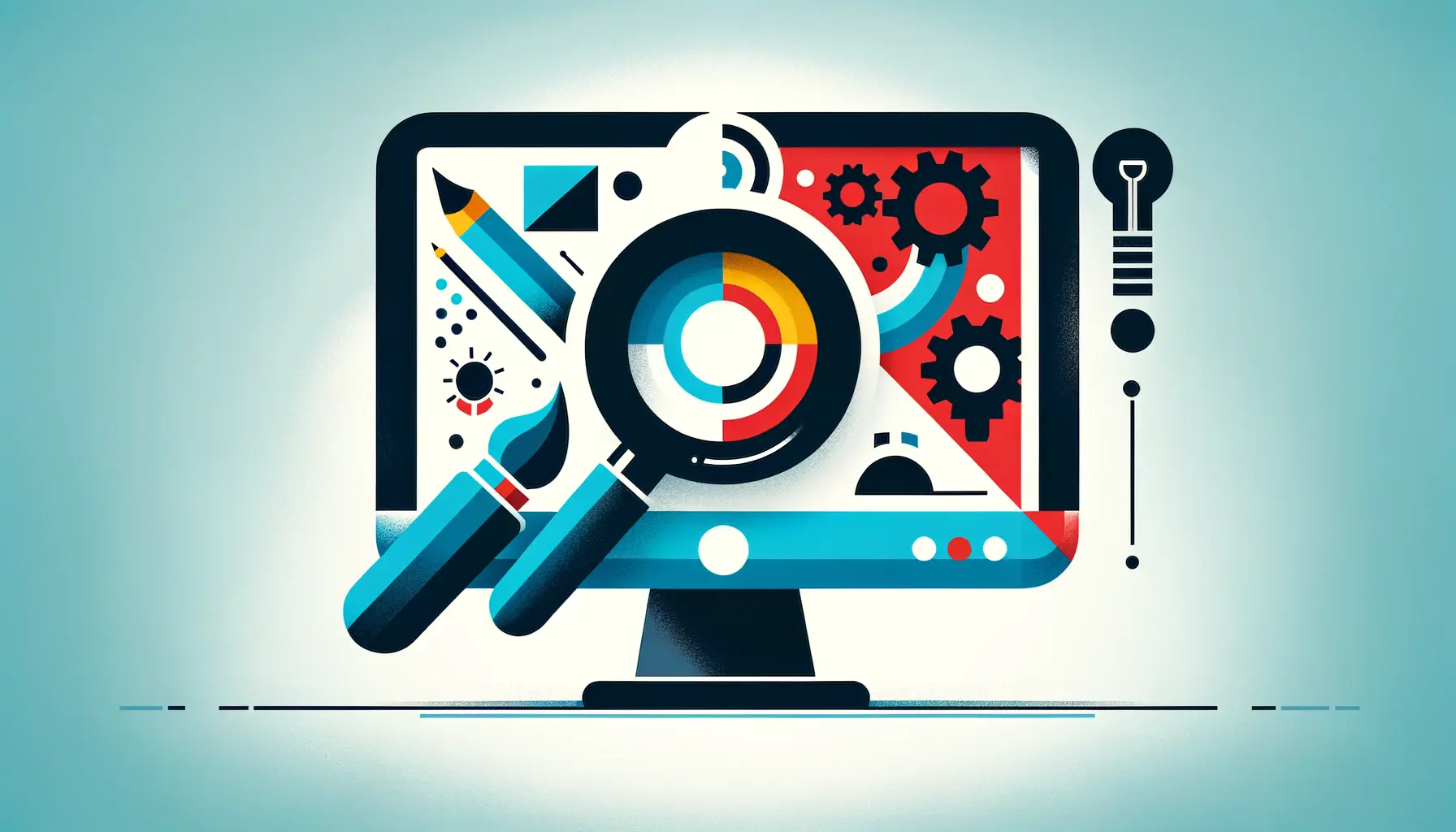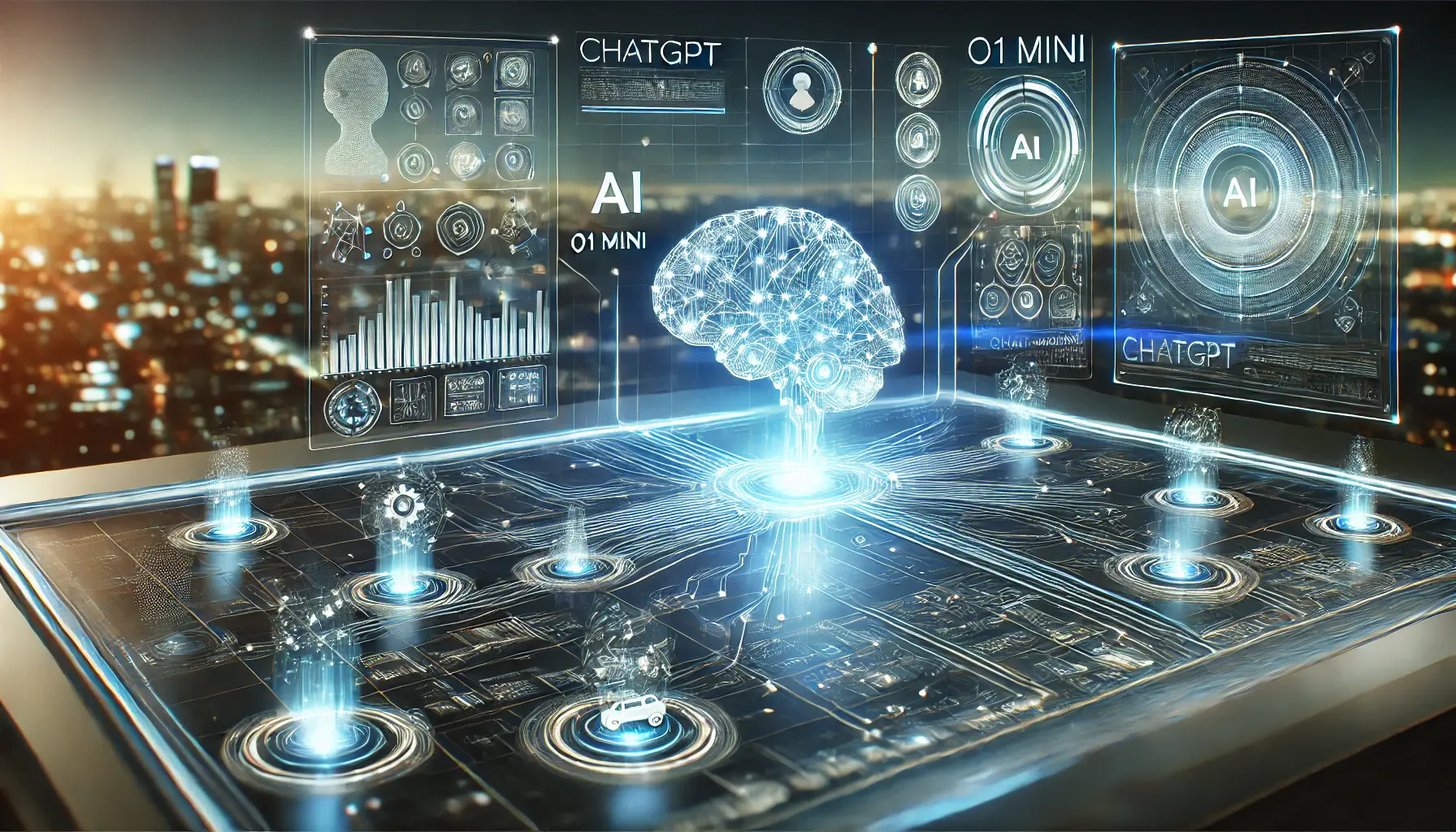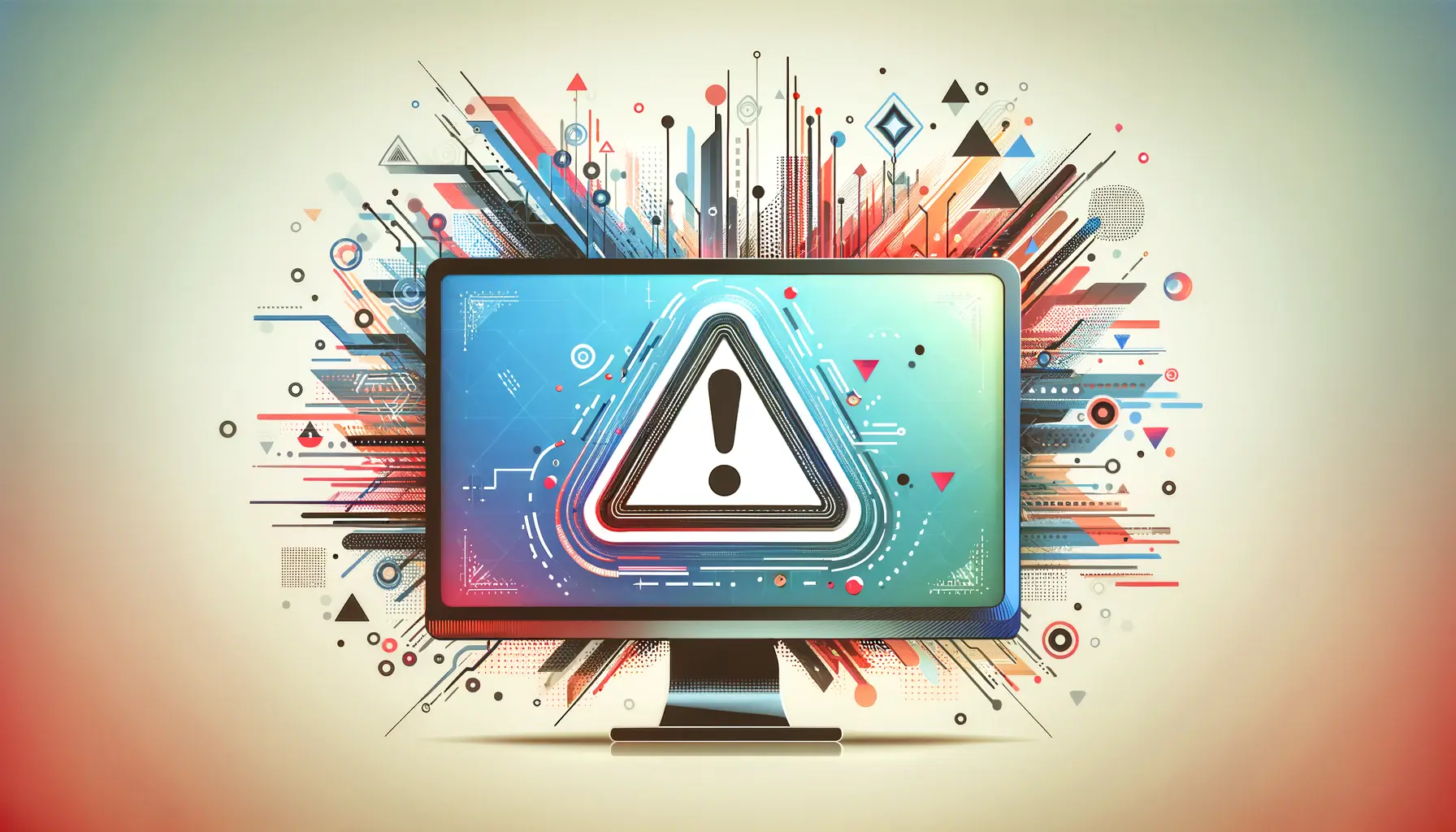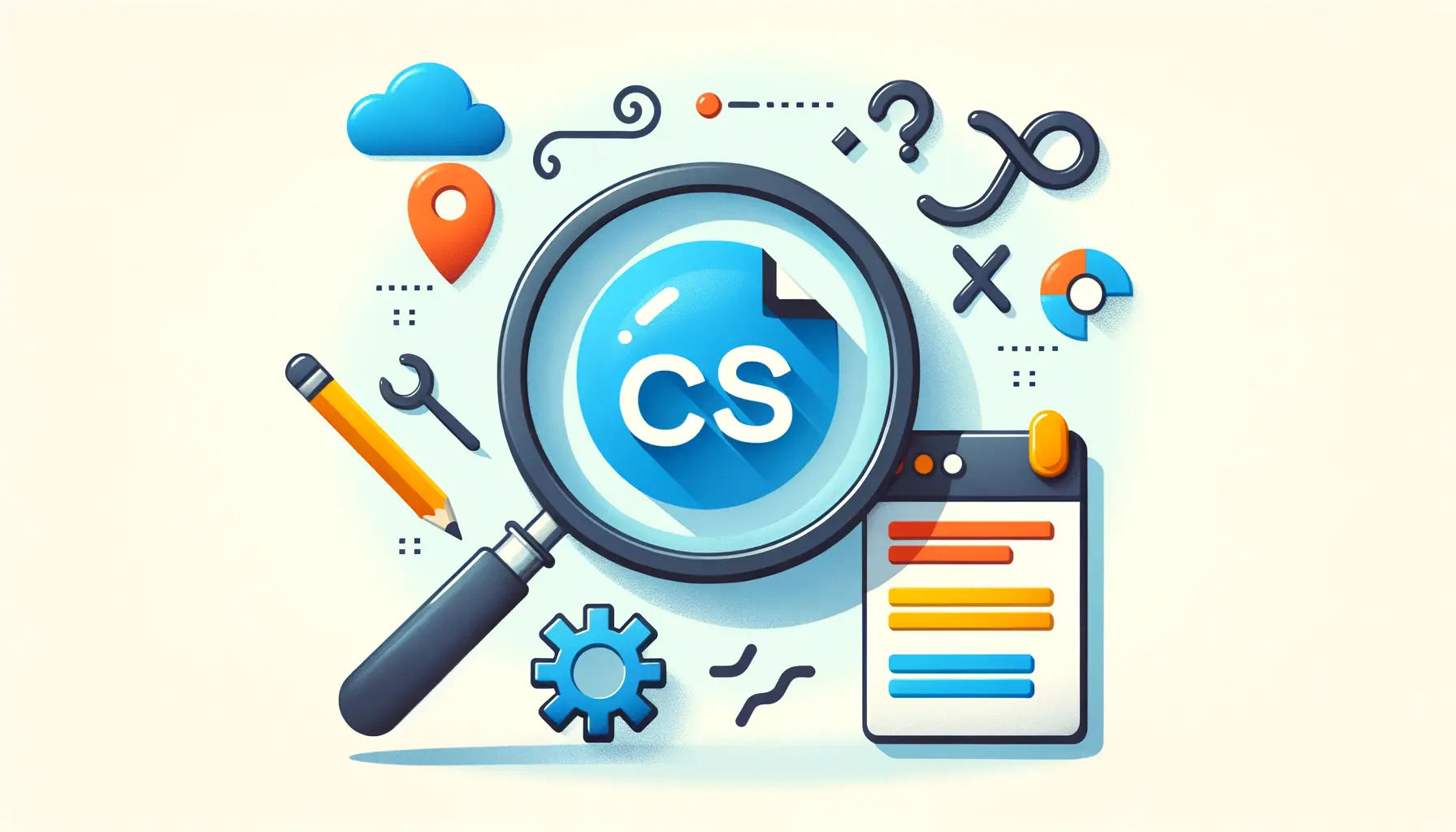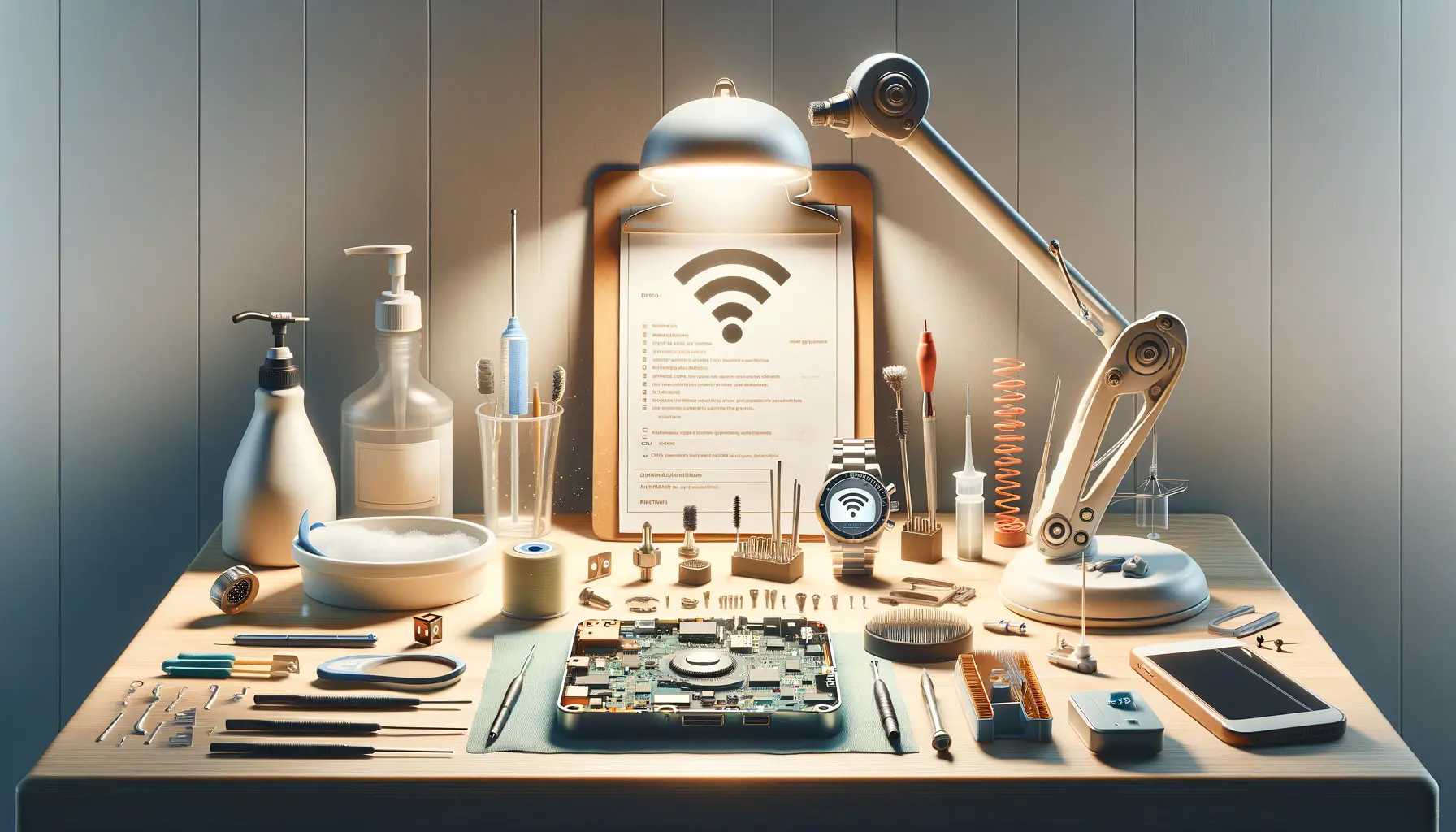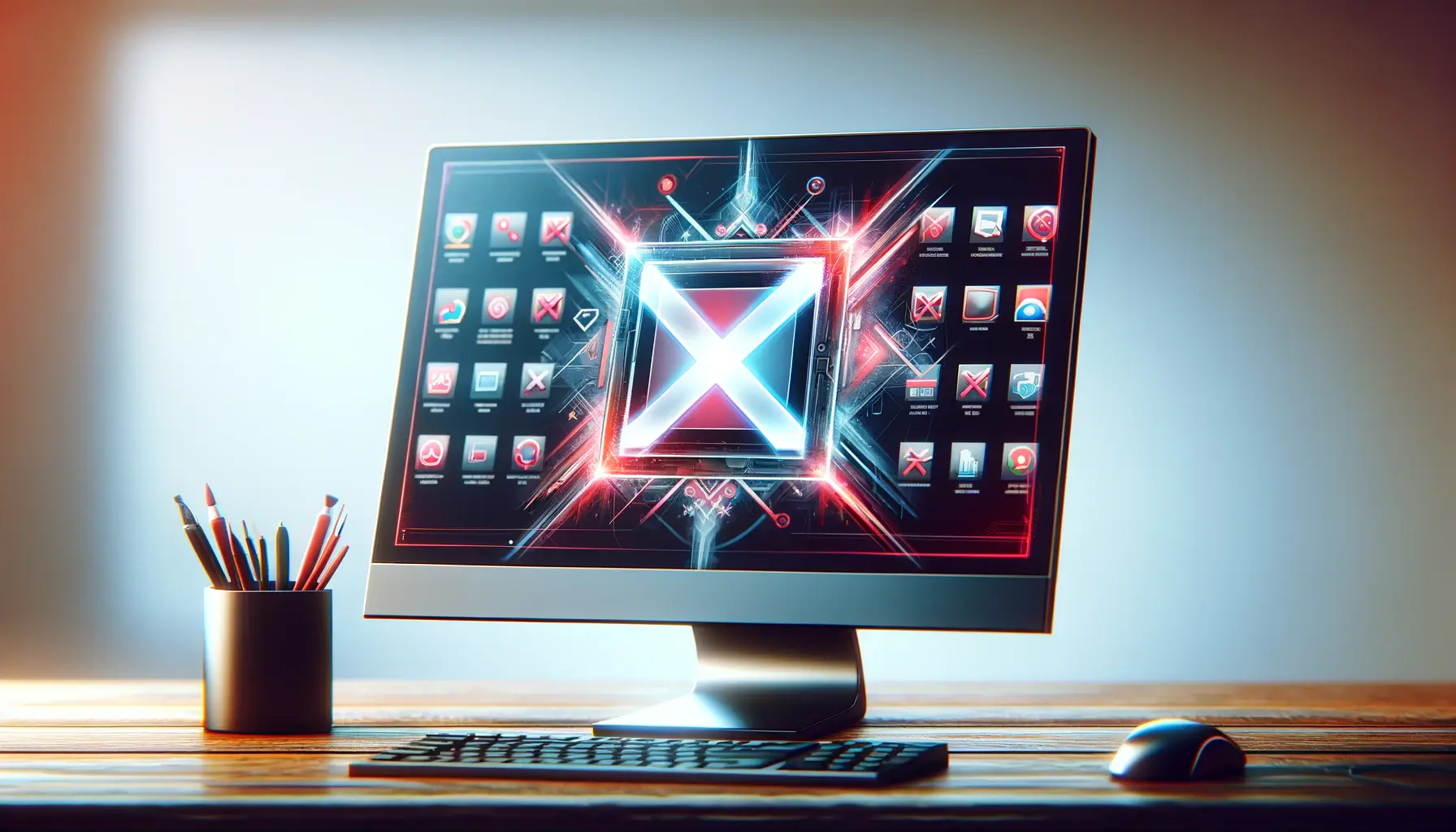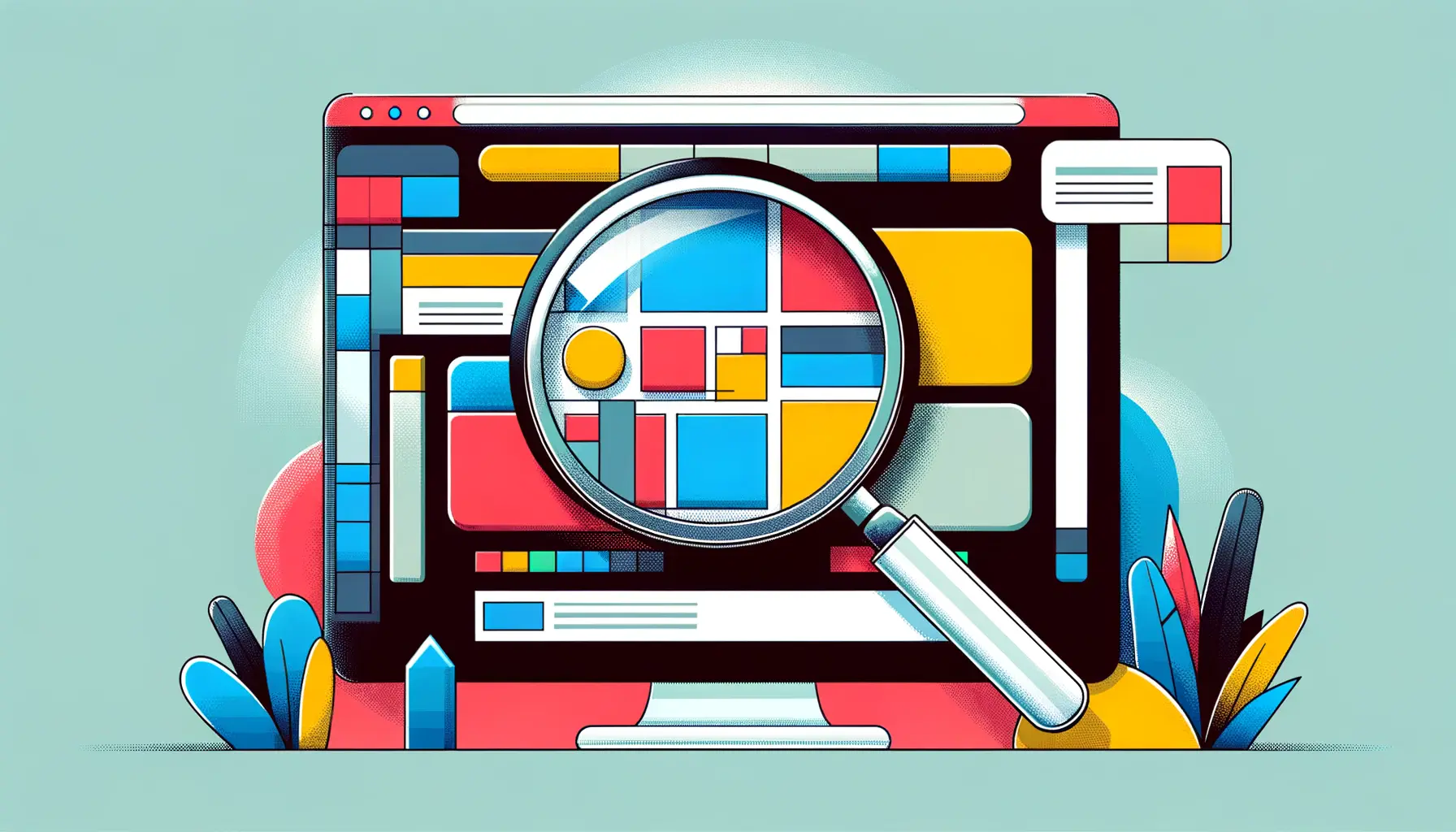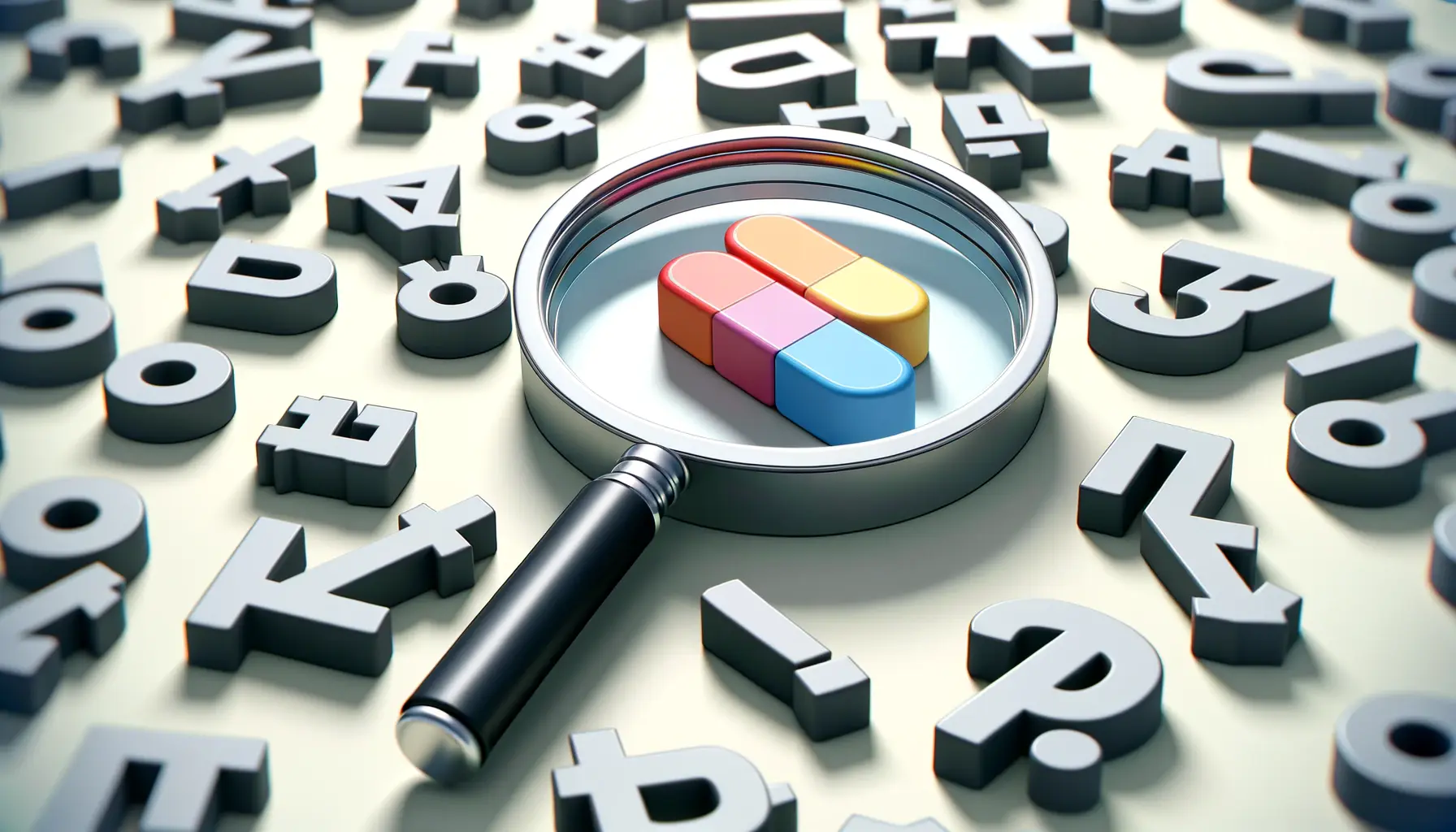Exploring the innovative realms of artificial intelligence, particularly in the field of image generation, DALL-E stands out as a groundbreaking tool developed by OpenAI.
This AI model, capable of creating detailed images from textual descriptions, has revolutionized the way we think about art, design, and creativity.
However, like any advanced technology, users may encounter various issues that can hinder their experience.
Understanding and troubleshooting these common problems is essential for maximizing the potential of DALL-E and ensuring a seamless creative process.
The complexity of DALL-E’s underlying technology, which interprets text to generate images, means that users can face a range of challenges.
From technical glitches to misunderstandings of how best to formulate prompts, these issues can affect the quality and accuracy of the generated images.
Addressing these challenges requires a combination of technical know-how, creative thinking, and an understanding of the AI’s capabilities and limitations.
- Understanding DALL-E’s Mechanism
- Common Technical Issues and Solutions
- Maximizing Creativity with DALL-E
- Optimizing Image Quality and Resolution
- Collaborating with DALL-E for Professional Projects
- Navigating Limitations and Ethical Considerations
- Future Directions and Enhancements in DALL-E
- Embracing the Future of Creativity with DALL-E
- Troubleshooting Common Issues in DALL-E: FAQs
Understanding DALL-E’s Mechanism
At its core, DALL-E operates on a sophisticated algorithm that processes natural language inputs to produce images that match the given descriptions.
This process involves a deep understanding of both the content of the text and the vast database of visual knowledge the model has been trained on.
However, the intricacy of this mechanism can sometimes lead to unexpected outcomes, where the generated images may not perfectly align with the user’s intentions.
Several factors contribute to these discrepancies, including the specificity of the input prompt, the model’s interpretation of certain words or phrases, and the inherent limitations of AI in understanding human creativity.
Users must navigate these challenges by refining their prompts, experimenting with different descriptions, and understanding the common pitfalls in the image generation process.
Optimizing Input Prompts
One of the key strategies for troubleshooting issues with DALL-E involves optimizing the input prompts.
A well-crafted prompt can significantly improve the relevance and quality of the generated images.
This means being clear, descriptive, and specific in your requests, avoiding ambiguity that could lead the AI astray.
For instance, specifying the style, perspective, and key elements you want in your image can help guide DALL-E towards more accurate results.
Moreover, understanding the types of prompts that DALL-E responds to effectively can also enhance your experience.
Through trial and error, users can discover the optimal ways to communicate their creative visions to the AI, leading to more satisfying outcomes.
This iterative process of refining prompts is crucial for leveraging DALL-E’s capabilities to the fullest.
Remember, the key to successful image generation with DALL-E lies in the art of crafting precise and imaginative prompts.
Common Technical Issues and Solutions
While DALL-E’s technology is impressive, users may encounter technical issues that can disrupt the creative process.
These problems range from system errors to difficulties with image rendering.
Identifying and resolving these issues promptly can help maintain a smooth workflow and ensure the high-quality output of generated images.
Below, we explore some of the most common technical issues encountered by DALL-E users, along with practical solutions to address them:
System Errors and Connectivity Issues
System errors and connectivity issues can occur due to various reasons, including server overload or internet connectivity problems.
These issues can prevent DALL-E from processing requests or cause delays in image generation.
- Solution: Check your internet connection to ensure it’s stable and reliable. If the problem persists, wait a few minutes before trying again, as server-related issues are often temporary and resolved quickly by OpenAI’s technical team.
Image Rendering Problems
Occasionally, users might face issues where DALL-E generates incomplete images or images that do not match the prompt accurately.
This can be due to overly complex prompts or limitations in the model’s understanding.
- Solution: Simplify your prompts or break them down into more manageable parts. Providing clear, concise, and less complex descriptions can help DALL-E better understand and render the requested images.
Handling Ambiguous Prompts
Ambiguity in prompts can lead to unexpected or unsatisfactory image outputs.
The AI’s interpretation of vague or multifaceted prompts might not align with the user’s vision.
- Solution: Be as specific as possible in your prompts. Including details about the scene, objects, colors, and style can guide DALL-E to produce images that closely match your expectations.
Experimentation is key. Don’t hesitate to adjust and refine your prompts based on the results you receive. This iterative process can lead to more accurate and satisfying image creations.
Maximizing Creativity with DALL-E
Unlocking the full creative potential of DALL-E requires more than just overcoming technical hurdles; it involves leveraging the AI’s capabilities to foster innovation and creativity.
By understanding how to effectively communicate with DALL-E and utilize its features, users can transform their imaginative concepts into stunning visual realities.
Here are strategies to enhance creativity and achieve remarkable results with DALL-E:
Exploring Diverse Styles and Themes
DALL-E’s ability to generate images across a wide range of styles and themes opens up endless possibilities for creative exploration.
From surrealistic art to photorealistic scenes, the AI can cater to a vast spectrum of aesthetic preferences.
- Experiment with different artistic styles (e.g., impressionism, cubism, realism) in your prompts to discover unique visual interpretations of your ideas.
- Explore various themes and subjects, such as fantasy landscapes, futuristic cities, or abstract concepts, to push the boundaries of your creative projects.
Leveraging Advanced Prompt Techniques
Advanced prompt techniques can significantly enhance the quality and relevance of DALL-E’s output.
By mastering the art of prompt crafting, users can guide the AI to produce images that more accurately reflect their vision.
- Use descriptive language that captures not only the visual elements but also the mood, atmosphere, and emotional tone of the desired image.
- Incorporate specific references or inspirations (without infringing on copyrights) to guide DALL-E towards your intended aesthetic.
Iterative Refinement Process
The process of creating the perfect image with DALL-E is often iterative.
By refining prompts based on previous outputs, users can gradually hone in on the exact representation of their ideas.
- Start with a broad concept and progressively add details or adjust elements based on the images generated by DALL-E.
- Consider using variations of a prompt to explore different interpretations and nuances, leading to a richer creative exploration.
Creativity with DALL-E is a collaborative journey between human imagination and AI capabilities. Embrace the process of exploration and refinement to unlock the full potential of your creative endeavors.
Optimizing Image Quality and Resolution
One of the critical aspects of working with DALL-E is ensuring that the generated images meet the desired quality and resolution standards.
High-quality, high-resolution images are essential for a wide range of applications, from digital art exhibitions to marketing materials.
Fortunately, there are strategies and tips to help users optimize the output of DALL-E for the best possible visual results.
Understanding how to enhance image quality and resolution with DALL-E involves both technical adjustments and creative input.
Here’s how to achieve the highest standards in your creative projects:
Understanding DALL-E’s Resolution Capabilities
DALL-E is designed to generate images within certain resolution limits.
While these limitations are in place to ensure prompt processing and quality output, understanding them can help you plan and execute your projects more effectively.
- Be aware of the maximum resolution DALL-E can produce and plan your projects accordingly. If higher resolution images are needed, consider using image upscaling tools or techniques after generation.
Enhancing Image Details
To maximize the detail and clarity of images generated by DALL-E, it’s crucial to provide prompts that encourage the production of intricate and well-defined visuals.
- Include keywords in your prompts that emphasize detail, texture, and clarity to guide DALL-E towards generating higher-quality images.
- Experiment with different phrasings and descriptions to find the optimal approach for eliciting detailed outputs from the AI.
Post-Processing Techniques
After generating images with DALL-E, post-processing can play a significant role in enhancing image quality and resolution.
Various software tools and applications offer features that can improve the visual characteristics of AI-generated images.
- Consider using image editing software to adjust brightness, contrast, saturation, and sharpness to enhance the overall quality of DALL-E images.
- Explore upscaling tools that use AI to increase the resolution of images without compromising on detail or introducing artifacts.
High-quality images are not just about resolution; they also involve the richness of detail, color accuracy, and the overall aesthetic appeal. Paying attention to these aspects can significantly enhance the impact of your DALL-E generated visuals.
Collaborating with DALL-E for Professional Projects
Integrating DALL-E into professional projects offers a unique opportunity to leverage AI-driven creativity and efficiency.
Whether for graphic design, advertising, or content creation, DALL-E can provide a competitive edge by generating innovative visuals that captivate audiences.
However, successful collaboration with DALL-E in a professional context requires strategic planning and a deep understanding of the tool’s capabilities and limitations.
Here are essential strategies for effectively incorporating DALL-E into your professional projects:
Setting Clear Objectives
Before integrating DALL-E into your workflow, it’s crucial to define clear objectives for what you aim to achieve with AI-generated images.
Whether it’s enhancing brand identity, creating unique marketing materials, or generating content for social media, having a clear goal will guide your use of DALL-E and ensure that the outcomes align with your project’s needs.
- Identify the specific aspects of your project where DALL-E can add the most value, such as conceptual design, content creation, or visual storytelling.
- Establish criteria for success, including the quality, originality, and relevance of the images generated by DALL-E.
Integrating DALL-E into the Creative Process
Incorporating DALL-E into the creative process involves more than just generating images; it requires a thoughtful approach to how AI can complement human creativity.
By blending DALL-E’s capabilities with your creative vision, you can produce outcomes that are both innovative and aligned with your project’s objectives.
- Use DALL-E to brainstorm and visualize initial concepts, allowing the AI to inspire new directions and ideas.
- Collaborate with DALL-E by iteratively refining prompts based on previous outputs, fine-tuning the results until they meet your project’s standards.
Maintaining Ethical and Legal Considerations
When using DALL-E for professional projects, it’s essential to navigate ethical and legal considerations, especially regarding copyright and intellectual property.
Ensuring that your use of AI-generated images respects these boundaries is crucial for maintaining professionalism and integrity.
- Understand the copyright and usage policies associated with images generated by DALL-E, ensuring that your use complies with OpenAI’s guidelines.
- Consider the ethical implications of using AI-generated images, such as the potential impact on human artists and creators, and strive to use DALL-E in a way that supports and enhances the creative community.
Leveraging DALL-E in professional projects is not just about harnessing AI’s power; it’s about creating a synergy between technology and human creativity that pushes the boundaries of what’s possible in visual content creation.
Navigating Limitations and Ethical Considerations
While DALL-E offers remarkable capabilities for image generation, it’s important to recognize and navigate its limitations and the ethical considerations that come with using AI in creative processes.
Understanding these aspects is crucial for users who wish to use DALL-E responsibly and effectively, ensuring that their creative endeavors are both innovative and ethically sound.
Here, we delve into the key limitations and ethical considerations associated with DALL-E, providing insights on how to address these challenges:
Understanding DALL-E’s Limitations
Despite its advanced technology, DALL-E has limitations that users must consider when generating images.
These limitations can affect the scope of what can be achieved and the quality of the outputs.
- Resolution and Detail: DALL-E’s generated images may not always reach the desired resolution or level of detail, especially for complex scenes or subjects.
- Interpretation of Prompts: The AI’s interpretation of prompts can vary, leading to outputs that might not exactly match the user’s intentions.
- Creative Boundaries: While DALL-E can produce a wide range of images, there are boundaries to its creativity, influenced by the data it was trained on and its algorithmic design.
Ethical Considerations in Using DALL-E
The use of DALL-E raises several ethical considerations, particularly concerning copyright, representation, and the impact on the creative industry.
Addressing these concerns is essential for responsible use of the technology.
- Copyright and Intellectual Property: Users must ensure that the images generated with DALL-E do not infringe on existing copyrights or intellectual property rights.
- Representation and Bias: As with any AI technology, there’s a risk of bias in the images generated by DALL-E, which can perpetuate stereotypes or misrepresent subjects. Users should be mindful of these issues and strive to use DALL-E in a way that promotes diversity and inclusivity.
- Impact on Creative Industries: The rise of AI-generated content has implications for artists and creative professionals. It’s important to consider how using DALL-E affects the broader creative ecosystem and to use the technology in a way that supports and complements human creativity.
Assuming that DALL-E can replace human creativity is a misconception. Instead, it should be viewed as a tool that augments and enhances the creative process, offering new possibilities while also respecting the value of human artistic expression.
Future Directions and Enhancements in DALL-E
The landscape of AI-driven image generation is rapidly evolving, with DALL-E at the forefront of this innovation.
As technology advances, we can anticipate significant enhancements in DALL-E’s capabilities, further transforming the creative possibilities available to users.
Looking forward, understanding the potential future directions of DALL-E not only excites the imagination but also prepares users to leverage these advancements effectively.
Exploring the anticipated developments in DALL-E and their implications for creative work:
Increased Resolution and Detail
One of the key areas of focus for future enhancements in DALL-E is the improvement of image resolution and detail.
As algorithms become more sophisticated and computing power increases, we can expect DALL-E to produce images of even higher quality, with greater detail and clarity.
This advancement will be particularly beneficial for professional applications requiring high-resolution outputs, such as digital art, advertising, and design.
- Anticipate the integration of advanced neural network architectures that can process and generate images with higher fidelity.
- Look forward to the possibility of customizing the resolution and detail level based on specific project requirements.
Refined Interpretation of Prompts
Improvements in natural language processing (NLP) and understanding will enable DALL-E to interpret prompts with greater accuracy and nuance.
This will lead to more precise alignments between user intentions and the generated images, reducing the need for multiple iterations and refinements.
- Expect advancements in AI’s understanding of complex, abstract, and nuanced prompts, allowing for more creative and ambitious projects.
- Prepare for a more intuitive user interface that facilitates easier communication of creative concepts to the AI.
Addressing Ethical and Bias Concerns
As DALL-E continues to evolve, addressing ethical considerations and reducing bias in generated images will be a priority.
Efforts to make DALL-E more inclusive and representative of diverse perspectives and cultures will enhance its utility and acceptance.
- Anticipate ongoing research and development aimed at identifying and mitigating biases in AI-generated images.
- Expect more robust guidelines and frameworks for ethical use, ensuring that DALL-E’s capabilities are leveraged in a responsible and respectful manner.
The future of DALL-E promises not only technological advancements but also a deeper integration of AI into the creative process, offering new ways to imagine, create, and inspire. As we look forward to these developments, the potential for innovation in art, design, and visual communication is boundless.
Embracing the Future of Creativity with DALL-E
The journey through the intricacies of troubleshooting common issues in DALL-E reveals not just the challenges but also the vast potential of this AI-driven tool in enhancing and transforming the creative landscape.
As we have explored, from optimizing input prompts to navigating the ethical considerations of AI-generated art, DALL-E stands as a testament to the innovative spirit of human technology.
The future directions and enhancements of DALL-E promise to further break down the barriers between imagination and reality, offering creators around the world new tools to express their visions more vividly than ever before.
Key Takeaways for Maximizing DALL-E’s Potential
In reflecting on the insights shared, several key takeaways emerge for users looking to maximize the potential of DALL-E in their creative endeavors:
- Understanding the nuances of crafting effective prompts can significantly enhance the quality and relevance of generated images.
- Being aware of and actively addressing the technical and interpretative limitations of DALL-E ensures a smoother creative process.
- Engaging with DALL-E not just as a tool but as a collaborative partner in the creative process opens up new avenues for innovation.
- Staying informed about the ethical implications and striving for responsible use of DALL-E contributes to a positive impact on the creative industry.
- Looking forward to the future enhancements in DALL-E with anticipation and preparing to integrate these advancements into creative workflows.
Charting the Path Forward
As we chart the path forward, the role of DALL-E in the creative process is poised to evolve, reflecting broader trends in the integration of AI with human creativity.
The synergy between DALL-E’s evolving capabilities and the imaginative power of its users heralds a new era of artistic expression, where the only limit is the imagination itself.
By embracing the challenges, leveraging the opportunities, and navigating the ethical landscape with care, users can unlock new dimensions of creativity and innovation.
In conclusion, DALL-E represents more than just a technological marvel; it embodies the future of creative expression, blending the boundaries between the digital and the real, the imagined and the created.
As we continue to explore and push the limits of what’s possible with DALL-E, we not only enhance our own creative capabilities but also contribute to the rich tapestry of human expression that defines our collective culture and identity.
Troubleshooting Common Issues in DALL-E: FAQs
Explore frequently asked questions to enhance your experience with DALL-E and navigate common challenges effectively.
Currently, DALL-E does not support transforming the style of an existing image into another style.
DALL-E is available, but access may vary based on OpenAI’s current offerings and any ongoing beta programs.
DALL-E allows text generation within images, offering creative ways to integrate textual content visually.
Issues logging in can often be resolved by using an incognito browser window or trying a different browser or computer.
If DALL-E is not working, checking your internet connection and ensuring your browser is up-to-date are good first steps.
Yes, DALL-E can handle complex prompts, but clarity and specificity improve the accuracy of the generated images.
DALL-E follows strict guidelines to respect copyright, using training data that complies with legal and ethical standards.
Limitations include resolution and detail levels, interpretation of prompts, and the creative boundaries set by its training data.
